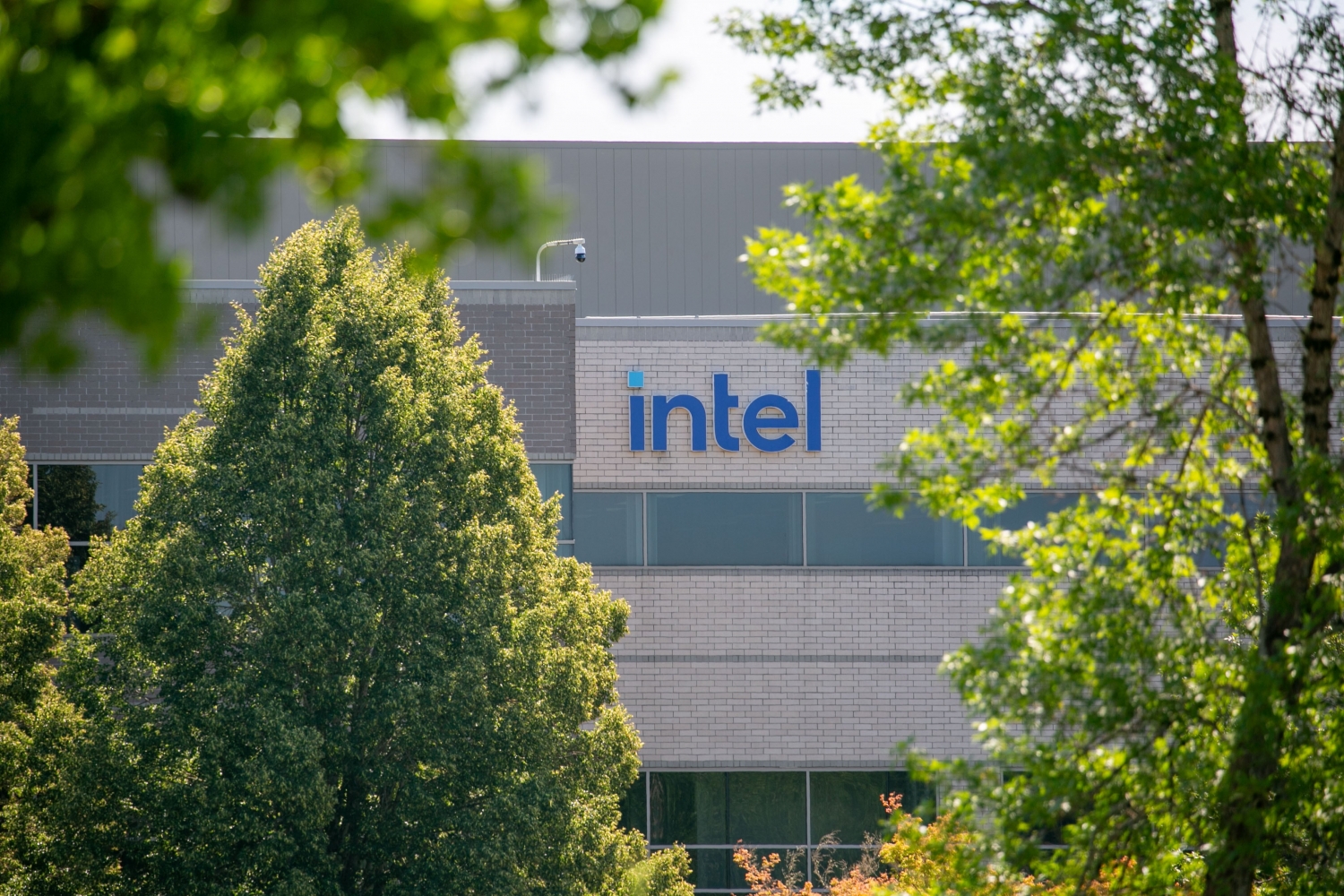

Published on: 07/18/2025
This news was posted by Oregon Today News
Description
Timber was Oregon’s economic driver in 1974 when a computer chip company by the name of Intel started building facilities in Aloha and Hillsboro.
Then, as the logging industry started fleeing the state in the 1980s and ‘90s, officials hoped technology companies like Intel would emerge as Oregon’s next financial driver.
And it largely has. But mass layoffs at Intel’s Hillsboro campus this month are raising questions about the semiconductor industry’s dominance in Oregon.
Intel is shedding nearly 2,400 jobs in Washington County after reporting $19 billion in losses last year. And yet, experts who follow the industry expect the semiconductor sector to continue as a major pillar of Oregon’s economy, with Intel as an anchor.
But employment trends show the industry is slimming down.
“Looking over the last year, we can see that the semiconductor and electronic component manufacturing industry has been on the decline,” Gail Krumenauer, the employment economist for the state, told OPB. “Between May of 2024 and May of 2025, the industry lost almost 3,000 jobs. It’s down by 8% over the year — that’s a pretty significant decline for any one industry.”
Intel’s most recent layoffs are on top of 1,300 eliminated positions late last year. The company continues to be among Oregon’s largest private employers, but its total payroll has fallen in recent years from around 23,000 to now closer to 18,000. Oregon has a total workforce of about 2 million people.
Slow growth
Overall, job growth in Oregon has slowed to the pace of a sloth climbing a tree. Krumenauer said it’s uncertain when, or if, the pace will accelerate.
“For the things that we’re looking at, we’re seeing a mix in the numbers of some things that look reasonably healthy, and some things that look reasonably concerning,” Krumenauer said.
Manufacturing, which includes semiconductors, has seen the most job losses. Private healthcare and social assistance have seen the most growth.
And, Krumenauer said the state has had more big layoffs than usual announced in the last two years.
“What you would expect to see then is that the claims for unemployment benefits start to soar,” she said. “We’re not seeing that, though.”
That could mean laid-off workers are quickly finding other jobs, or have another reason not to claim unemployment immediately. Some might look for work out of state.
And Krumenauer notes that Oregon’s unemployment rate has ticked up slowly. It was 4.3% in December, she said, and now sits at 4.9% after rising 0.1% each month.
An anchor with less weight
Jon Metzler is a continuing lecturer at University of California-Berkeley’s business school. He used to teach a class on economic clusters, using Hillsboro and Intel as an example of how the semiconductor industry can become a financial boon to a region.
One job at a company like Intel often helps create four of five more in the surrounding area. That’s because smaller technology and other service companies often pop up around their campuses. Also, positions at Intel often fetch salaries above $100,000, which can translate into more money being spent at restaurants and retailers.
“If I use 2019 as a starting point, back then Intel had about 20,000 employees in Oregon – indirect footprint, another 105,000,” Metzler said. “Obviously a huge footprint in the economy in general.”
With this latest round of layoffs, Metzler said the company would still spark about 75,000 indirect jobs.
“Obviously a large economic figure, but less so as compared to its peak,” Metzler said. “Are they still an anchor company for the Oregon economy? I would say they are, yes.”
But it’s a lighter anchor.
While Metzler considers the layoffs negative for Oregon’s economy, they probably aren’t a big surprise for those working at Intel. When it comes to revenue per employee, Intel is losing ground to competitors Nvidia and TSMC, and Intel leadership is pitching the layoffs as an effort to “right-size” the firm.
“As we refocus on engineering, we will also remove organizational complexity,” Intel CEO Lip-Bu Tan wrote in April in a public message to employees. “Many teams are eight or more layers deep, which creates unnecessary bureaucracy that slows us down.
“I have asked the executive team to take a fresh look at their respective orgs, with a focus on removing layers, increasing spans of control and empowering top performers. Our competitors are lean, fast and agile — and that’s what we must become to improve our execution.”
The view from Washington County
Even though Intel — and Oregon’s broader semiconductor industry — is expected to remain an important contributor to the state, local officials expect a financial hit in the short term.
Washington County Commission Chair Kathryn Harrington said it’s difficult to pinpoint exactly how much the layoffs will impact county coffers, but that “we definitely have a lot of skin in the game.”
“We’re going to feel it here locally, not just in Washington County, but in all the Portland metro counties as well as in the state,” Harrington told OPB. “Because with that loss of employment we’ll have a reduction — likely reduction — in Intel income tax, which helps fund major services.”
Harrington, who worked at Intel from 1993 to 2004, hopes a deal between the company, Washington County and the city of Hillsboro will keep the cuts from hitting the county too hard. The agreement through the state’s strategic investment program guarantees Intel will pay the local governments a community enhancement fee if it does not meet a $100 million threshold in property taxes.
Additionally, through the strategic investment program’s gain share program, Harrington said the county has historically received about $9 million a year.
To date, Harrington said she was unaware of reductions in Intel’s real estate holdings, which directly impact local property taxes that fund the county government, schools, water and fire services and parks districts.
“We’re relying upon the certifiably smart business strategists involved with Intel Corporation as well as the marketplace to help us all have further clarity in the months ahead,” she said.
News Source : https://www.opb.org/article/2025/07/18/mass-layoff-intel-less-revenue-oregon-semiconductor-industry-economic-driver/
Other Related News
07/19/2025
A wildfire closes Highway 201 near Adrian Oregon as the Mendiola Road Fire burns 1800 acre...
07/19/2025
Randy Arozarena hit a solo home run and Luis Castillo threw 6 23 scoreless innings as the ...
07/19/2025
Michael English pleaded guilty after shooting and killing Angel Geib while cleaning his gu...
07/19/2025
Salem city councilors will discuss the future of air travel at the city-owned airport in A...
07/19/2025










